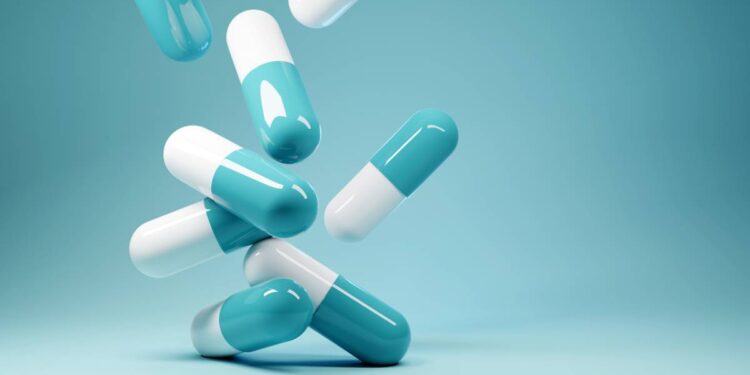Antibiotics have revolutionized modern medicine, saving countless lives by effectively treating bacterial infections. Their discovery and subsequent production processes are a testament to human ingenuity and scientific progress. This blog post takes you through the intriguing history of antibiotics and how they manufacturer them today. Whether you’re a history buff or simply curious about medical advancements, this article offers valuable insights into one of the most significant discoveries in medical history.
The Accidental Discovery of Penicillin
The story of antibiotics begins with a chance discovery by Alexander Fleming in 1928. Fleming’s work laid the groundwork for others to explore the potential of antibiotics. However, it wasn’t until the early 1940s, during World War II, that penicillin was mass-produced and widely used to treat infected wounds and illnesses among soldiers. This breakthrough marked the beginning of the antibiotic era and changed the course of medical history.
Mass Production of Antibiotics
Producing antibiotics on a large scale involves several critical steps. Initially, scientists needed to find a way to cultivate Penicillium mold efficiently. The solution came from an unlikely source—cantaloupe melon. Researchers found that a strain of Penicillium growing on a moldy cantaloupe from a Peoria, Illinois market produced high yields of penicillin.
Once they identified the ideal mold strain, the next challenge was to optimize its growth conditions. Scientists discovered using deep-tank fermentation allowed the mold to thrive, producing penicillin in substantial quantities. This innovation was crucial for meeting the high demand for the drug during the war and beyond.
The Rise of Synthetic Antibiotics
While penicillin was groundbreaking, it wasn’t effective against all types of bacteria. This limitation spurred the development of synthetic antibiotics, which could target a broader range of bacterial infections. The first synthetic antibiotic, sulfa drugs, emerged in the 1930s and proved effective against various diseases.
The introduction of synthetic antibiotics expanded the arsenal of treatments available to doctors. These drugs could combat specific bacteria that penicillin couldn’t handle, offering new hope for patients with previously untreatable infections. The development of synthetic antibiotics demonstrated the power of chemistry and biology working together to improve human health.
Evolution of Antibiotic Production
The production of antibiotics has come a long way since the days of moldy cantaloupes. Modern techniques involve sophisticated biotechnological processes to ensure the highest quality and efficacy of antibiotics. Custom filtration solutions play a critical role in these processes, removing impurities and ensuring the final product is safe.
Today’s antibiotic production facilities automate and regulate the process, allowing them to adhere to stringent quality control standards. Advanced techniques such as microbial fermentation, chemical synthesis, and genetic engineering will produce a wide range of antibiotics. These methods have made it possible to produce antibiotics more efficiently and at a lower cost, making them accessible to people worldwide.
The history of antibiotics is a fascinating tale of discovery, innovation, and progress. The rise of antibiotic resistance reminds us of the importance of using these drugs responsibly. By continuing to invest in research and exploring new treatments, we can ensure that antibiotics remain vital in our fight against bacterial infections.















